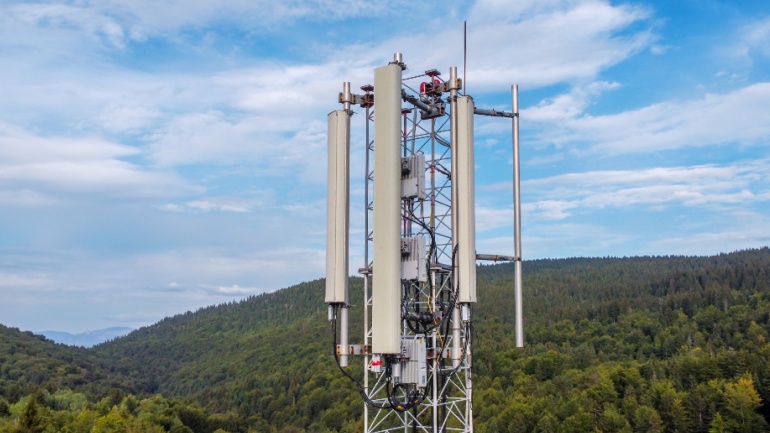Despite a sense of uncertainty in the Radio Access Network (RAN) market, the Dell’Oro Group’s RAN 2030 Advanced Research Report conveys a message of long-term optimism. The report underscores the potential for growth in the RAN market, basing its predictions on the economic trends witnessed in the past three decades.
In the era of 4G, global RAN revenues grew at a compound annual growth rate (CAGR) of 2%, and the report projects a further increase at a 1% CAGR from 2020 to 2030. This rise could lead to investments exceeding $40 billion by the end of 2030. While this scenario is based on the assumption that RAN revenues peaked in 2021, the report envisions a revival in momentum towards the end of the decade.
Reiterating the group’s optimism, the release states, “We believe that the tangible and intangible assets operators have amassed over the past decades are essential for addressing the evolving connectivity needs of consumers and businesses. While new business models and competitors will emerge, we still foresee operators playing a leading role in providing connectivity by the end of this decade.”
On the flip side, the report does not ignore the challenges that may dampen RAN’s growth prospects. It acknowledges that while the deployment of new technologies could boost capital intensities in the short term, these accelerations are often temporary, leading to a relatively flat RAN trend over time.
But it’s not all gloomy. The report points to significant opportunities in Fixed Wireless Access (FWA) and private network deployments to offset any lukewarm advancements in Mobile Broadband (MBB). Additionally, it purports that macro RAN deployments will spearhead the first wave of 6G, with cloud RAN playing a leading role from the onset and small cells constituting around 15% of the 2030 RAN market.
Dell’Oro Group had previously reported that RAN sales dropped at their fastest rate in almost seven years during Q2 this year. Following a marked uptick from 2017 through 2021, RAN revenues stabilized in 2022 and the first quarter of 2023, though market conditions worsened in Q2, causing the year-on-year decline.
Reference to these past predictions is instrumental in providing a comprehensive overview of the RAN market dynamics. This in-depth analysis nurtures a balanced understanding, painting an optimistic picture for the long-term market, while simultaneously acknowledging the hurdles that may arise on the journey.








